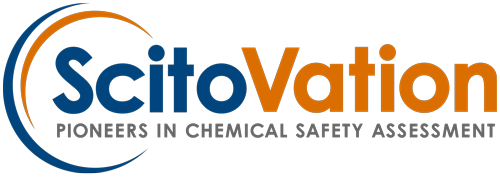How can “big data” be leveraged in chemical safety decision making?
Because of their broad biological coverage and increasing affordability transcriptomic technologies have increased our ability to evaluate cellular response to chemical stressors, providing a potential means of evaluating chemical response while decreasing dependence on apical endpoints derived from traditional long-term animal studies. These technologies are emerging as a viable way to assess mode of action and points of departure, and have the potential to drastically reduce testing costs and compound development time. While the first steps of using transcriptional responses as a basis of safety assessment are in progress, there are outstanding challenges in interpreting and communicating the data and resulting analysis. ScitoVation has created a database and visualization tool for comparing gene expression changes in response to chemical exposures in different model systems. This online platform, MoAviz, incorporates a user-friendly interface for comparing chemical mode of action and dose-response across experimental models and exposure scenarios.
